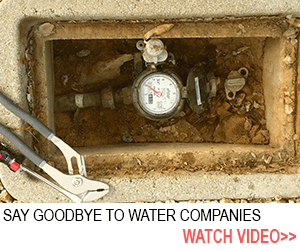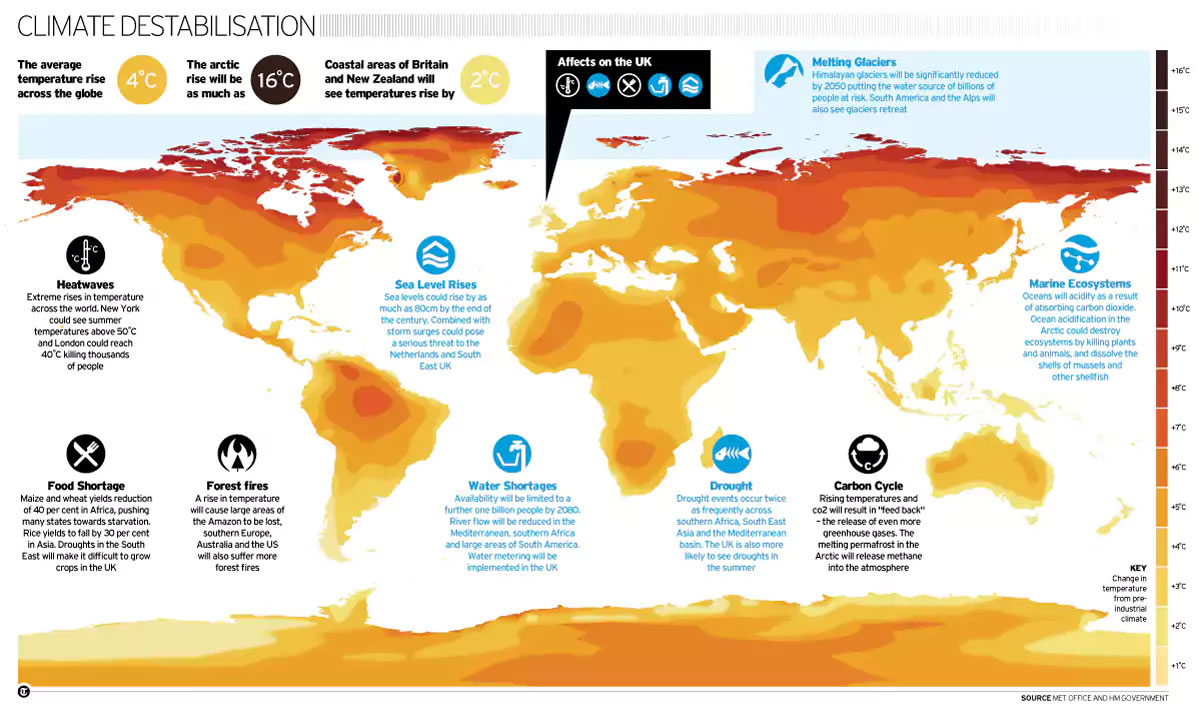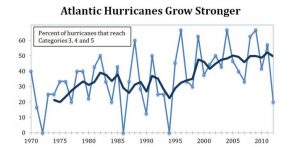Myth: Climate change will have some benefits. Climate alarmists need to take a breath and weigh the pros and cons of global warming.
Fact: The cons outweigh the pros by a large margin, and the cons are far more extreme in nature. This has been understood for years. Many of the alleged benefits are based on a misconception of how global warming will actually affect out atmosphere and oceans.
Global Warming: Pros and Cons
There are those who claims that climate change will have some positive impacts on the Earth, and that this needs to be weighed against the negative outcomes. However, the positive/negative outcomes have been long since compared, and the concern over climate change is due to the overwhelming negative results.










